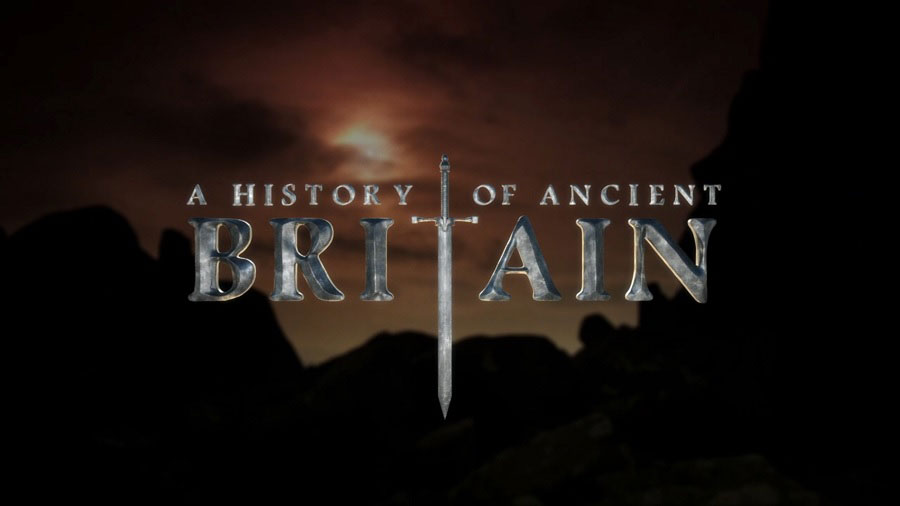A History of Ancient Britain: Neil Oliver tells the epic story of how Britain and its people came to be over thousands of years of ancient history – the beginnings of our world forged in ice, stone, and bronze.
Neil Oliver continues his epic story of how Britain and its people came to be. Diving for 3,000-year-old treasure and pot-holing through an ancient copper mine, he discovers how a golden age of bronze collapsed into social and economic crisis set against a period of sharp climate change and would eventually be replaced by a new era, of iron.
A History of Ancient Britain episode 1
Bronze Age
The Bronze Age is a historical period characterized by the use of bronze, and in some areas proto-writing, and other early features of urban civilization. The Bronze Age is the second principal period of the three-age Stone-Bronze-Iron system, as proposed in modern times by Christian Jürgensen Thomsen, for classifying and studying ancient societies.
An ancient civilization is defined to be in the Bronze Age either by producing bronze by smelting its own copper and alloying with tin, arsenic, or other metals, or by trading for bronze from production areas elsewhere. Bronze itself is harder and more durable than other metals available at the time, allowing Bronze Age civilizations to gain a technological advantage.
Whilst terrestrial iron is naturally abundant, its high melting point of 1,538 °C placed it out of reach of common use until the end of the second millennium BC. Tin’s low melting point of 231.9 °C and copper’s relatively moderate melting point of 1,085 °C placed them within the capabilities of the Neolithic pottery kilns, which date back to 6000 BC and were able to produce temperatures greater than 900 °C. Copper-tin ores are rare, as reflected in the fact that there were no tin bronzes in Western Asia before trading in bronze began in the third millennium BC. Worldwide, the Bronze Age generally followed the Neolithic period, with the Chalcolithic serving as a transition. Although the Iron Age generally followed the Bronze Age, in some areas (such as Sub-Saharan Africa), the Iron Age began as early as 2500 BC.
Iron Age
The Iron Age is the final epoch of the three-age division of the prehistory and protohistory of humanity. It was preceded by the Stone Age (Paleolithic, Mesolithic, Neolithic, and Chalcolithic) and the Bronze Age. The concept has been mostly applied to Europe and the Ancient Near East, and, by analogy, also to other parts of the Old World.
The duration of the Iron Age varies depending on the region under consideration. It is defined by archaeological convention, and the mere presence of some cast or wrought iron is not sufficient to represent an Iron Age culture; rather, the “Iron Age” begins locally when the production of iron or steel has been brought to the point where iron tools and weapons superior to their bronze equivalents become widespread. For example, Tutankhamun’s meteoric iron dagger comes from the Bronze Age.
In the Ancient Near East, this transition takes place in the wake of the so-called Bronze Age collapse, in the 12th century BC. The technology soon spread throughout the Mediterranean Basin region and to South Asia. Its further spread to Central Asia, Eastern Europe, and Central Europe is somewhat delayed, and Northern Europe is reached still later, by about 500 BC.




